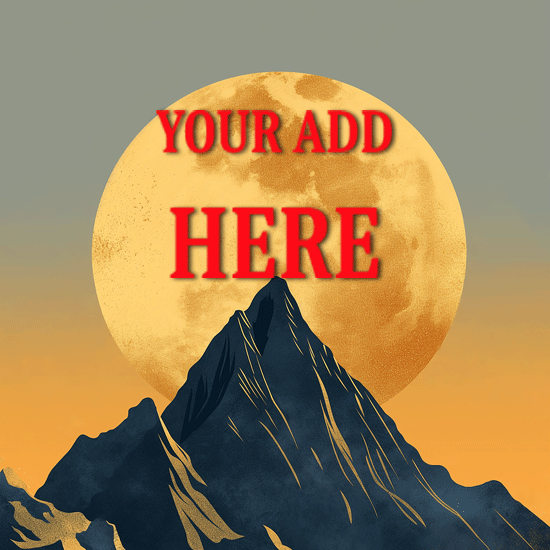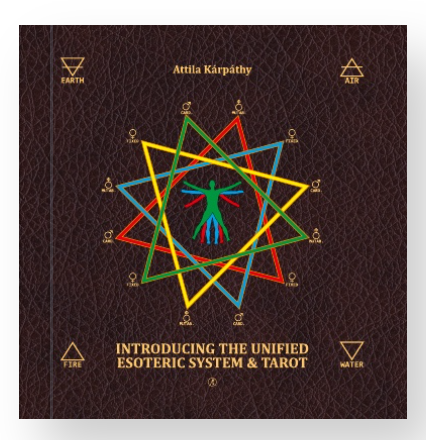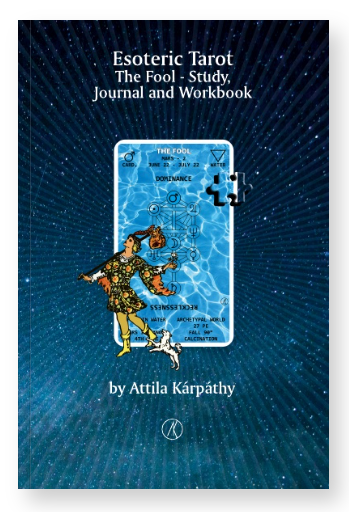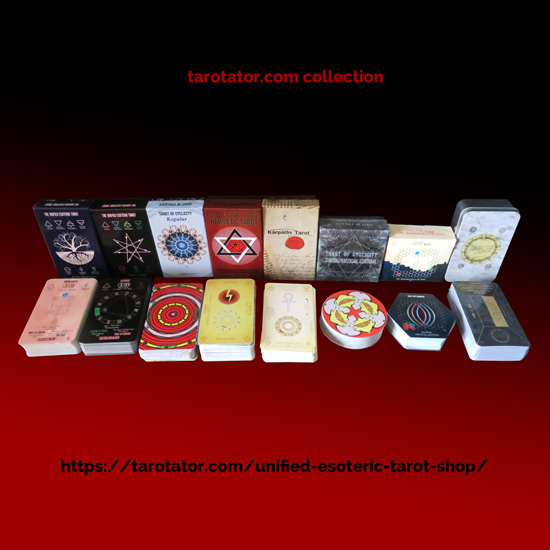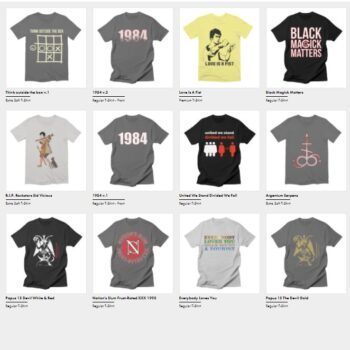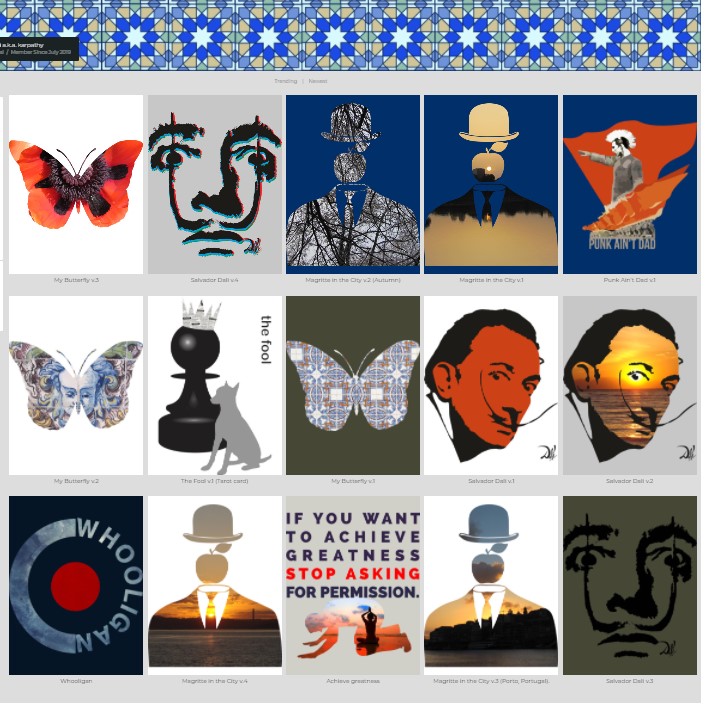 Dubstep originated in south London, England, back in 1998 and the earliest releases were darker, more experimental, instrumental dub remixes of 2-step garage tracks attempting to incorporate the funky elements of breakbeat, or the dark elements of drum and bass while the term “dubstep” in reference to a genre of music began to be used by around 2002.
Dubstep originated in south London, England, back in 1998 and the earliest releases were darker, more experimental, instrumental dub remixes of 2-step garage tracks attempting to incorporate the funky elements of breakbeat, or the dark elements of drum and bass while the term “dubstep” in reference to a genre of music began to be used by around 2002.
A very early supporter of the sound was BBC Radio 1 DJ John Peel, who started playing it from 2003 onwards. Throughout 2003, DJ Hatcha pioneered a new direction for dubstep on Rinse FM and through his sets at Forward>>. Playing sets cut to 10″ one-off reggae-style dubplates, he drew exclusively from a pool of new South London producers—first Benga and Skream, then also Digital Mystikz and Loefah—to begin a dark, clipped and minimal new direction in dubstep.
Dubstep started to spread beyond small local scenes in late 2005 and early 2006. In the summer of 2005, Forward>> brought grime DJs to the fore of the line up. Building on the success of Skream’s grimey anthem “Midnight Request Line,” the hype around the DMZ night and support from online forums and the almighty media, the scene gained prominence after former Radio 1 DJ Mary Anne Hobbs gathered top figures from the scene for one show, entitled “Dubstep Warz”, later releasing the compilation album Warrior Dubz. The show created a new global audience for the scene, after years of exclusively UK underground buzz.
The sound’s first North American ambassador, Baltimore DJ Joe Nice helped kickstart its spread into the continent. Regular Dubstep club nights started appearing in cities like New York, San Francisco, Seattle, Montreal, Houston, and Denver, while Mary Anne Hobbs curated a Dubstep showcase at 2007’s Sónar festival in Barcelona. Non-British artists have also won praise within the larger Dubstep community.
From Los Angeles, California we’ve got Kill The Noise and this EP “Kill Kill Kill” which definitively will melting your ears down.
But before get into this, a small introduction to dubstep. 🙂 One characteristic of certain strands of dubstep is the wobble bass, where an extended bass note is manipulated rhythmically. This style of bass is typically produced by using a low frequency oscillator to manipulate certain parameters of a synthesizer such as volume, distortion or filter cutoff. Early dubstep tracks incorporate one or more “bass drops”, a characteristic inherited from drum and bass. Dubstep rhythms are usually syncopated, and often shuffled or incorporating tuplets. The tempo is nearly always in the range of 138-142 beats per minute, with a clap or snare usually inserted every third beat in a bar.
Tracklist:
01. Kill The Noise (Part 1) (07:50)
02. Deal With It (03:37)
03. Real Life? (03:41)
04. She Likes To Party (04:46)
05. Talk To Me (04:04)
06. Dying feat. Ultraviolet Sound & Emily Hudson Original Mix (04:41)
07. Kill The Noise (Dillon Francis Remix) (04:42)
08. Dying feat. Ultraviolet Sound & Emily Hudson Brown & Gammon R (05:08)
09. Kill The Noise (Alvin Risk Remix) (04:01)
10. Deal With It (KOAN Sound Remix) (04:27)
This is an intense shit. It starts like Pink Floyd’s “Wish You Were Here” album, but twisted into a monstrous brain massacre. The opening track – “Kill The Noise (Part 1)” – and “Talk To Me” are my favorites, but this is a great record to spinning it up loud as it is possible. I’m not a clubbing person, I’m not even liking drum’n’bass, house and other danceable musical genres generally speaking, but this is just great. Banging it!
Kill The Noise – Official Site
Kill The Noise @ Soundcloud
Kill The Noise @ Facebook
Kill The Noise @ Twitter
[youtube http://www.youtube.com/watch?v=ZydRhebmaw0&w=545&h=307]


